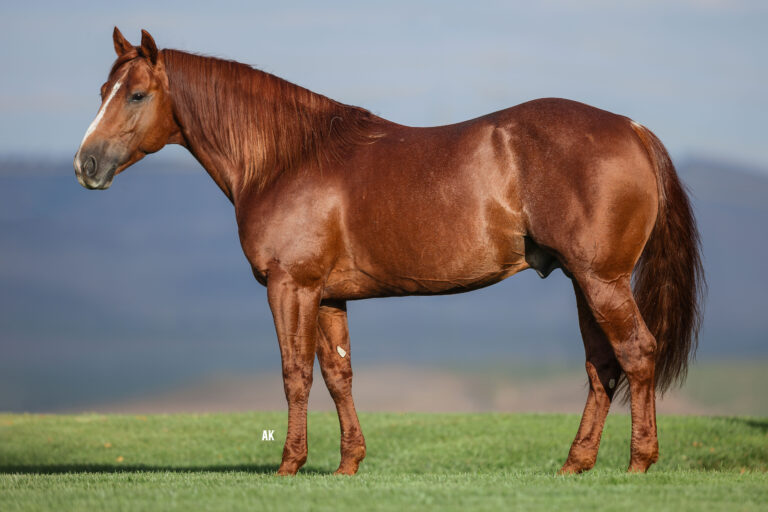When you’re competing in a high-intensity event, it’s important to use quality tack and gear that will protect and support your horse. Today I’m going to go over a few pieces of must-have gear in my barn and why they’re beneficial to my riding program.
Video by Nichole Chirico
Saddle Pad Selection
Before you select a saddle pad, it’s important to have a quality saddle that properly fits your horse.
I find a thinner pad is best for me. It keeps me closer to my horse, and I can feel what his body is doing. I also like to use a contoured saddle pad, which is contoured to fit my horse’s back naturally. The front of the pad stays up off his neck and withers and the rest of the pad has close contact over the spine to let the saddle sit down properly.
It’s easy to get overwhelmed by all the technology that’s out there surrounding pads—especially with the fill of the pad. The main thing to consider is the durability of the fill in your pad. To check it, push on both sides of the fill; if you can touch your fingers together, you know the padding and internal material is starting to break down and lose function. If it has even thickness all the way from top to bottom through that main pressure-point areas, the pad has maintained its integrity.
Bonus tip: When shopping for a work pad, look for one that’s easy to rinse off and keep clean. Wiping off that dirt and debris after every ride will help with the longevity of your pad.

Photo by Nichole Chirico
The Importance of Sport Boots
You don’t need to have protective legwear on your horse every time you ride him. But, if you’re going to be performing physical maneuvers like spins, big stops, or traveling at faster rates of speed, protective legwear is something to consider. A good sport boot supports the ligaments and tendons in the leg, and protects your horse from burns due to sliding stops.
Bell boots can be used for extra protection. If your horse overreaches with his hind legs, bell boots will protect the heel bulb on his front feet from getting hit. It can also help from his hind legs overreaching and ripping off a front shoe in the process.
If you choose to use leg protection on your horse, it’s extremely important that you ‘re applying them properly. First, check your gear for dirt and debris. Hosing your boots off after every riding session (and then giving them time to dry) will help them stay clean. You don’t want debris to rub against your horse’s legs while you’re working him.
Then you need to focus on placement. If the boot is placed too low it’ll interfere with the junction between the pastern and the foot. This is a common mistake I often see people make. I like to start with the top strap and work my way down. Pulling the straps to ensure there are no wrinkles or folds and that they’re even in pressure. The bottom strap should cup the fetlock and follow the natural form of it with a nice, even pull.
Bonus tip: If you’re riding in an all-day clinic, or you’re cooling down your horse, remove your boots and place them on your saddle. This gives your horse’s legs time to cool down.

Photo by Nichole Chirico
Find the Right Cinch
Your cinch is a critical piece of gear. First, always make sure that your cinch is still in working condition. A compromised cinch can be a serious safety issue. Then, find a cinch that fits what you’re doing with your horse. For me, it’s important to have a cinch designed for performance events.
I prefer to use an AirFlex cinch because of the high level of air circulation it provides. It doesn’t absorb heat like other neoprene cinches, and the extra cushioning provides the support my performance horses need.
Just as I mentioned with other gear, it’s important to keep your cinch clean and free of dirt and debris.
Bonus tip: With cinch safety comes latigo safety. While you should always check your cinch before you get on, it’s also important to look over your latigo strap. You also want to make sure that when you put your latigo strap in its keeper, that it’s secure. A latigo strap that ends up out of its keeper can become a dangerous situation. If it’s too long, you run the risk of your horse stepping on it and breaking it. Causing your saddle to malfunction.
Top Tack and Gear Videos From Brad Barkemeyer:
Bridle Horse Tack and Gear
Applying Protective Legwear
Adjusting Stirrup Length






